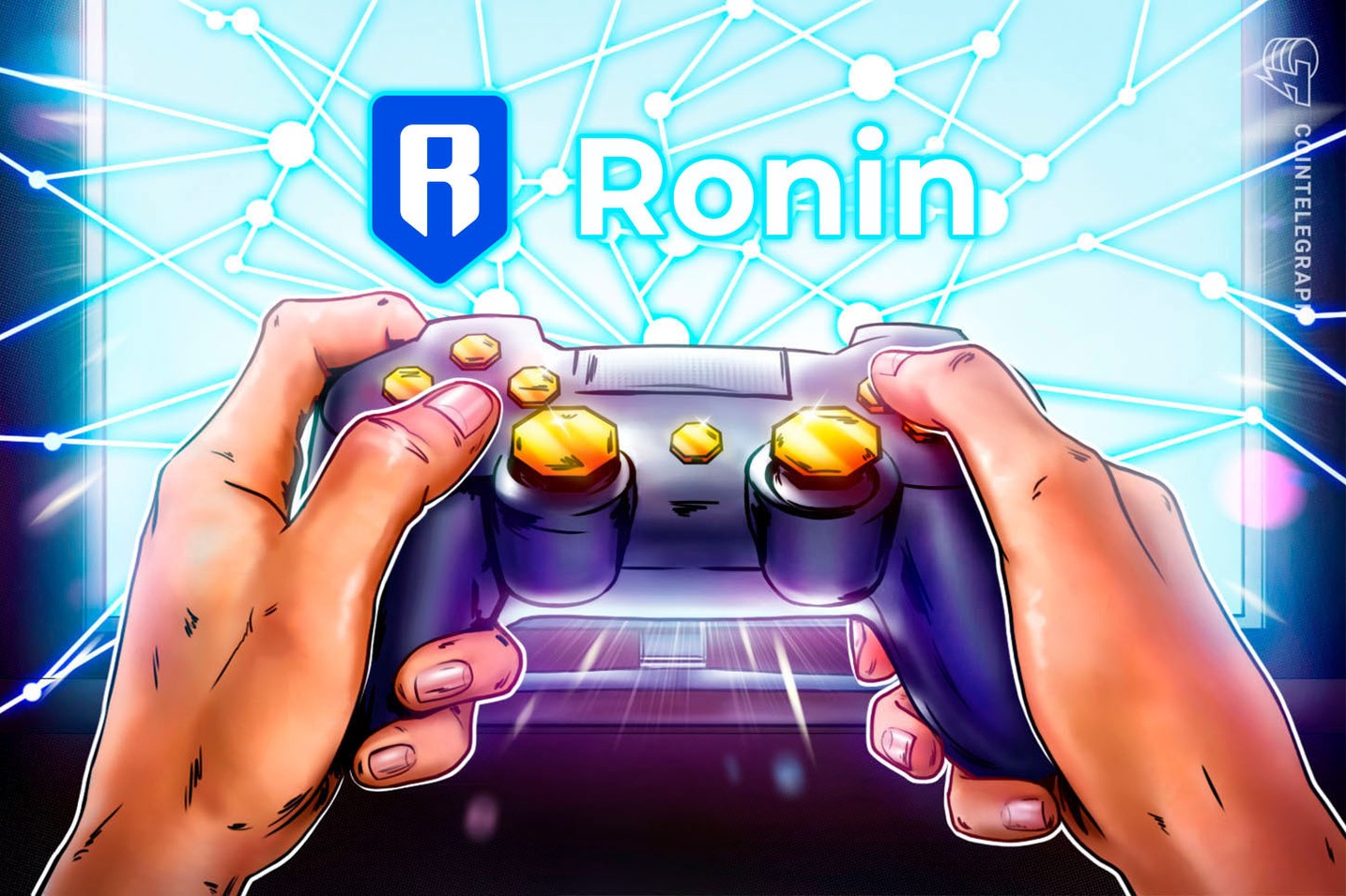The world of crypto gaming is rapidly evolving, but according to Scott Sunarto, the founder and CEO of Argus Labs, there’s still a long way to go before it reaches its full potential. In a recent talk at the Blockworks Permissionless II conference in Austin, Texas, Sunarto shed light on the current state of crypto gaming and where it needs to head in the future.
The current state of crypto gaming
Crypto gaming is in a transitional phase. As Sunarto pointed out, the industry is still in its infancy, with no clear playbook for success. This uncertainty has led many developers to adopt a “ship fast” mentality, prioritizing speed over long-term strategy. “We’re in a stage of crypto gaming where I would say not anyone has really figured out a clear playbook, where it would make sense for us to invest four years of development life cycle…and tens of millions of dollars,” Sunarto remarked.
However, this rush to market has its drawbacks. Sunarto noted that many developers are simply repurposing existing Web2 games, adding NFTs, and branding them as crypto games. This “skeuomorphic” approach, as he termed it, makes it challenging to compete with established Web2 games. “If you bring this to the gamers, then they’re like, okay, you don’t have the [intellectual property] that these large [Web2] game publishers have — and now, you’re just presenting gameplay that is basically identical,” he explained.
The need for a new approach
For Sunarto, the future of crypto gaming lies in innovation and unique game mechanics that leverage the full potential of blockchain technology. He expressed his passion for working with developers who are finding innovative ways to use crypto to enhance gameplay beyond just incorporating collectibles.
The key, according to Sunarto, is to focus on what makes crypto gaming unique. Ownership of assets, for instance, is a significant aspect of crypto games. However, Sunarto argued that ownership alone isn’t enough to make a game stand out. “Ownership means nothing if you don’t really have…interoperability, and you don’t really have this composability aspect of it,” he said.
He further elaborated on the potential of blockchain in gaming, highlighting the difference between owning assets on platforms like Steam and owning them on the blockchain. On the blockchain, players can take their game assets and use them across different protocols without any restrictions. This level of freedom and interoperability is what sets crypto gaming apart.
Preparing for the next billion gamers
The future of crypto gaming is bright, but developers need to be prepared to meet the demands of a new generation of gamers. Sunarto emphasized that the “next billion gamers” have high expectations and are looking for more than just another game with NFTs. “If we want to claim that crypto is going to make gaming better,” Sunarto said, “then we need to show more — and how that is going to be a case — beyond just providing more NFTs.”
To truly capture the attention of this new wave of gamers, developers need to think outside the box and explore the unique possibilities that blockchain technology offers. By focusing on emergent behaviors that stem from asset ownership and the broader design space that blockchain allows, developers can create truly unique gaming experiences.
Conclusion
Sunarto’s insights serve as a call to action for the crypto gaming industry. As the market becomes increasingly saturated with low-effort clones, there’s a pressing need for innovation and a fresh approach. By harnessing the full potential of blockchain technology and focusing on what makes crypto gaming unique, developers can pave the way for a new era of gaming that appeals to the next billion gamers.





